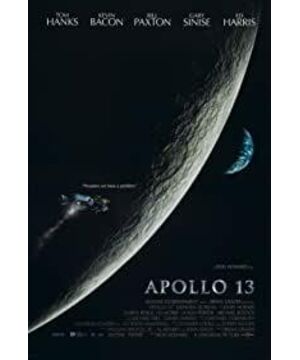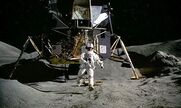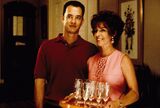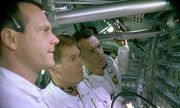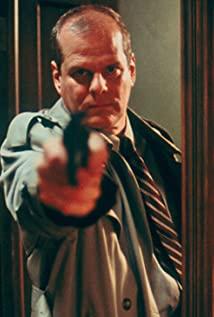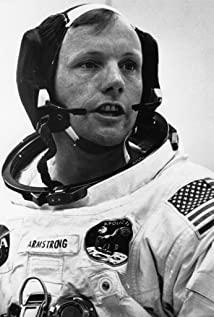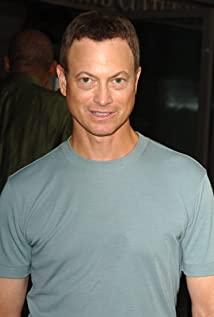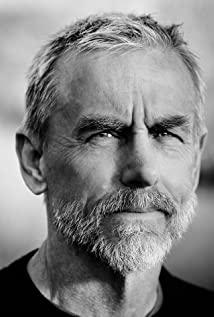This is an excerpt from a general undergraduate magazine, and it is also good to make a video introduction. The author summed up the thrilling 7 days with these two hundred words, which is really an understatement (please, they are popular science magazines, not science fiction.). The description of the movie is much more exciting than it! From "Houston, we are in trouble" to "The last call on Apollo 13 is over", the video recording of the past two hours is far more exciting than 200 words. There is a problem, the problem is solved, the problem occurs again, the problem is solved again, the three minutes of entering the atmosphere, tightening the nerves, resuming the call, and overwhelming cheers. My heart was pulled up and down by the movie. As the plot went up and down, finally, I saw the astronauts safely to the parents and let out a sigh of relief. It's amazing! Although they did not complete the original mission to the moon, it is a great thing to work together to successfully return in the dangerous space! Jim said, this is a failure of success; the Chinese say that this is a glorious failure!
Thank you Ron Howard, Tom Hanks, Ed Harris, Bill Paxton, Kevin Bacon and Gary Sinis for teaming up to give us a great show (what a strong lineup!).
On the road of mankind's conquest of space,
we have remembered brilliant names: Gagarin, Armstrong, Yang Liwei, Zhai Zhigang...
Their success is also the success of mankind.
However,
who can remember
those space workers who sacrificed their precious lives for the human space industry?
The journey into space is always full of variables and dangers.
I still clearly remember the raging fire caused by the Soviet rocket shortly after the launch of the documentary broadcast by the high school geography teacher.
On January 27, 1967, three American astronauts were burned alive in a spacecraft cockpit filled with pure oxygen because of an inoperable door.
On April 23, 1967, Soviet astronaut Komarov had a parachute failure on his way home. After talking to his family for the last time, Komarov was killed and became the first person to die in the space flight.
On June 30, 1971, the Soviet Union Soyuz No. 11 spacecraft successfully docked with the Salute No. 1 space station. On the way back 24 days after the flight, due to a leak in the cabin, three astronauts including Pachaev suffocated to death.
On January 28, 1986, at the launch pad 39B of the Kennedy Space Center in Cape Naville, Florida, the space shuttle Challenger took off with seven astronauts for its 11th space flight mission. Flying for 60 seconds at an altitude of 10 kilometers, the space shuttle accelerates to full speed in order to break through the sound barrier. At this time, the solid booster burst into flames, and the external fuel tank exploded in the 73rd second of flight. The space shuttle Challenger turned into a ball of fire within seconds. Countless fragments scattered from the fireball and thick smoke were scattered on the surface of the Atlantic Ocean like a meteor shower. Thousands of spectators and ground operators on the launch site, as well as the vast number of spectators watching the live broadcast of the launch in front of the fluorescent screen, were all stunned by this unexpected event. All 7 astronauts were killed.
On February 15, 1996, China's Changsan B rocket (CZ-3B) first launched the International Communications Satellite No. 708. About two seconds after the rocket took off, the rocket's attitude appeared abnormal. The rocket bowed its head and tilted to the right from the launch direction. In 22 seconds, the head of the rocket hit the ground, and there was a violent explosion. Six people were killed and 57 were injured. The explosion site was 1,200 meters away from the launch pad and damaged more than 80 houses. The cause of the failure was found to be a failure of an electronic component in the large inertial reference circuit, resulting in no output from the inertial reference, which would cause the inertial reference to become more than 40% longer.
On February 1, 2003, the US Space Shuttle Columbia, carrying seven astronauts, returned to Earth after a 16-day space mission, but before landing, the left-wing insulation board hit it during takeoff was unable to carry it. The atmosphere burned, the space shuttle disintegrated and crashed. The Columbia didn't even have the option of an emergency landing. Television images showed that the disintegrated Columbia had drawn several white trajectories over Texas.
On August 22, 2003, the Brazilian SLV-1 carrier rocket exploded at the launch site, and 21 space experts who were too late to evacuate were killed.
............ It
is this time of failure that has brought mankind a big step into space.
You can sneer at this film that promotes the American theme, or think that it is just a "hamburger" concocted by Hollywood.
But, would you please pay tribute to the three astronauts and all the space experts behind them?
This year marks the 30th anniversary of the successful moon landing of mankind, and some people questioned that the Americans led the moon landing scam. I don’t know if their heads are flooded...
The Böpp magazine also mentioned one thing: once Soviet astronauts Vladimir Titov and Glady Starakarov also faced an extreme Dangerous situation. Their spacecraft is scheduled to launch at night, and everything seems to be going according to plan. Suddenly, the spacecraft and its carrier rockets were surrounded by flames, and the terrible tragedy of being crushed to pieces would happen in an instant. Fortunately, before the possible tragedy, a special solid fuel engine-the emergency rescue system-ignited, separated the return capsule from the launch rocket and sprayed it to an altitude of about 500 to 700 meters, and then landed by parachute In a safe place near the launch position.
View more about Apollo 13 reviews


